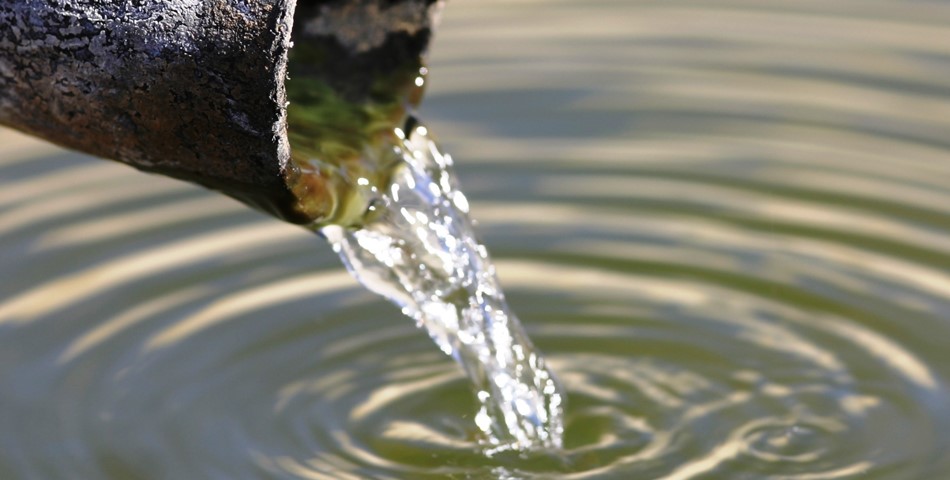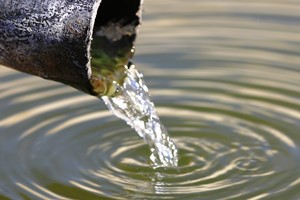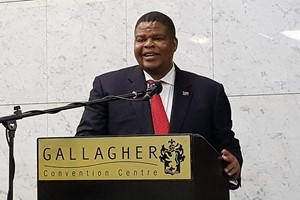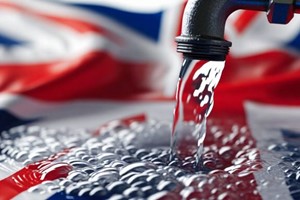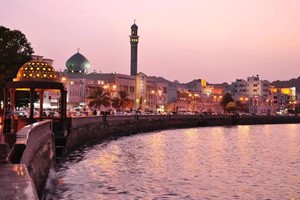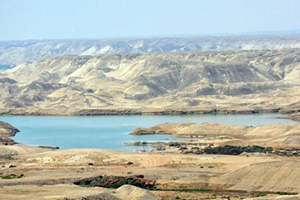Water services authorities (WSAs) are typically municipal departments. Of the 278 municipalities in the country, 152 are designated WSAs, including all 24 local municipalities in the Western Cape. Some local municipalities contractually delegate Water Boards as WSAs or in some areas, such as the Eastern Cape, the district municipalities are WSAs. As provided for in the National Water Act, CMAs are responsible for water resource management within the defined boundaries. They are arguably the most important institutions in the South African water sector. Establishing CMAs has been slow. The Western Cape will have two CMAs: the Berg-Olifants, currently managed by the DWS as a temporary or proto-CMA; and the established Breede-Gouritz. Some local municipalities contractually delegate Water Boards as WSAs or in some areas, such as the Eastern Cape, the district municipalities are WSAs. As provided for in the National Water Act, CMAs are responsible for water resource management within the defined boundaries. They are arguably the most important institutions in the South African water sector. The Western Cape will have two CMAs: the Berg-Olifants, currently managed by the DWS as a temporary or proto-CMA and the established Breede-Gouritz. Access to water in society is determined by the following legal rights and strategies:
? International law affirms that water and sanitation are human rights according to a resolution adopted by the United Nations Human Rights Council in 2010;
? Constitution of South Africa enshrines the basic right to adequate, safe water;
? National Water Act of 1996 is the primary legislation that regulates and protects water resources;


? Water Services Act of 1997 focuses on the right to a basic supply of water and sanitation services, and water services institutions that take reasonable measures to realize these rights.
The National Water Resources Strategy 2 (NWRS2) outlines the institutional structure of the water sector, and highlights the roles played by WSAs, water services providers (WSP), regional water utilities, CMAs, catchment management forums and water user associations (WUA) through the water value chain. The Medium-Term Strategic Framework (MTSF) (Phase 1 2014-2019) sets out actions and targets to achieve the commitments set out in the 2012 National Development Plan. It is structured around 14 strategic areas and creates opportunities for the private sector in public water and sanitation, water leak management and water demand management. A National Infrastructure Plan was developed in 2012, comprising 18 strategic infrastructure projects (SIPS), to be implemented over a 15-year period at an estimated cost of R4 trillion (DWS 2016a). Two SIPS cover water and sanitation, as follows:
? SIP 6 will address backlogs and upgrades to municipal water, sanitation and electricity bulk infrastructure.
? SIP 18 will address water and sanitation backlogs, as well as the maintenance and construction of waste water treatment works. It will also consolidate water services institutions and implement water leak management and water demand awareness programs.



